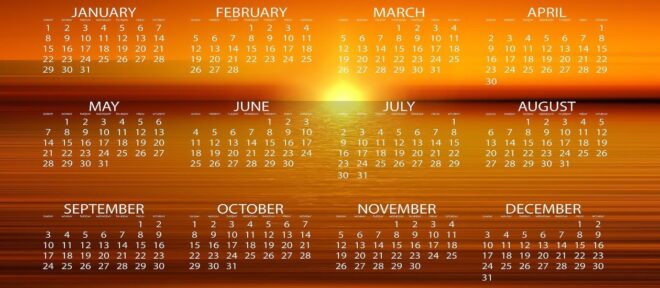 In December when developing the Zmanim / Bearing to Yerushalayim map (blog post), I noticed a problem with the code used to generate zmanim. The API returns a Java Date object. Usually only the time is of interest, and the date is ignored, but in some cases (when a timezone offset is specified without using the Olson DB name (such as America/New_York) or if the GMT timezone is used for other locations, and the local standard time is calculated as an offset of GMT), the date of the sunset returned was earlier than the sunrise date. This caused zmanim such as sof zman Shema for some locations to be incorrect, since the math used was comparing sunrise to a sunset on the incorrect date, causing some very odd behavior. Updated files that correct this issue were uploaded to the site on Dec 26th. I was notified today by a developer using the jar, that not all the download links were pointing to the updated versions, and this caused issues for his program (a post about his project will be posted in the near future). All the links have now been updated. Since the old code can sometimes generate incorrect zmanim, it is highly suggested that you replace your current jar with the latest version of zmanim.jar (or zmanim.zip).
In December when developing the Zmanim / Bearing to Yerushalayim map (blog post), I noticed a problem with the code used to generate zmanim. The API returns a Java Date object. Usually only the time is of interest, and the date is ignored, but in some cases (when a timezone offset is specified without using the Olson DB name (such as America/New_York) or if the GMT timezone is used for other locations, and the local standard time is calculated as an offset of GMT), the date of the sunset returned was earlier than the sunrise date. This caused zmanim such as sof zman Shema for some locations to be incorrect, since the math used was comparing sunrise to a sunset on the incorrect date, causing some very odd behavior. Updated files that correct this issue were uploaded to the site on Dec 26th. I was notified today by a developer using the jar, that not all the download links were pointing to the updated versions, and this caused issues for his program (a post about his project will be posted in the near future). All the links have now been updated. Since the old code can sometimes generate incorrect zmanim, it is highly suggested that you replace your current jar with the latest version of zmanim.jar (or zmanim.zip).
Along with the fix mentioned above, a number of other small fixes were done. These include among other minor issues, fixed, better and simplified XML output from the toString method, better error handling for expected error conditions, that had previously caused errors in the generations of zmanim for areas in the arctic circle such as Thule, Greenland. In case you are curious, someone did actually try this, and the error logs lead me to find the issue. The IP address used for the request mapped back to the Thule Air Base.
 The
The  The
The